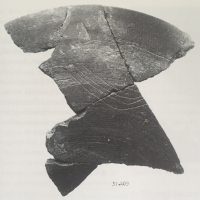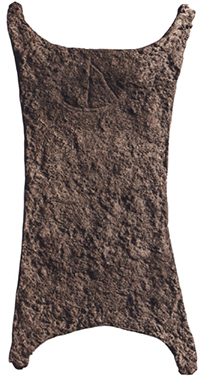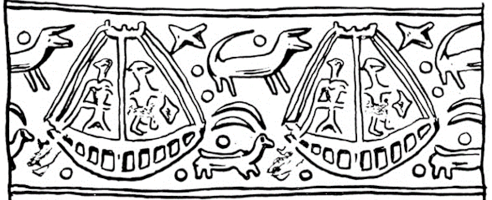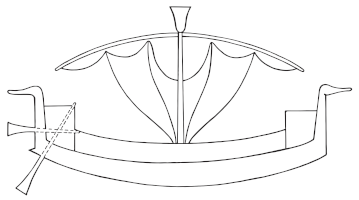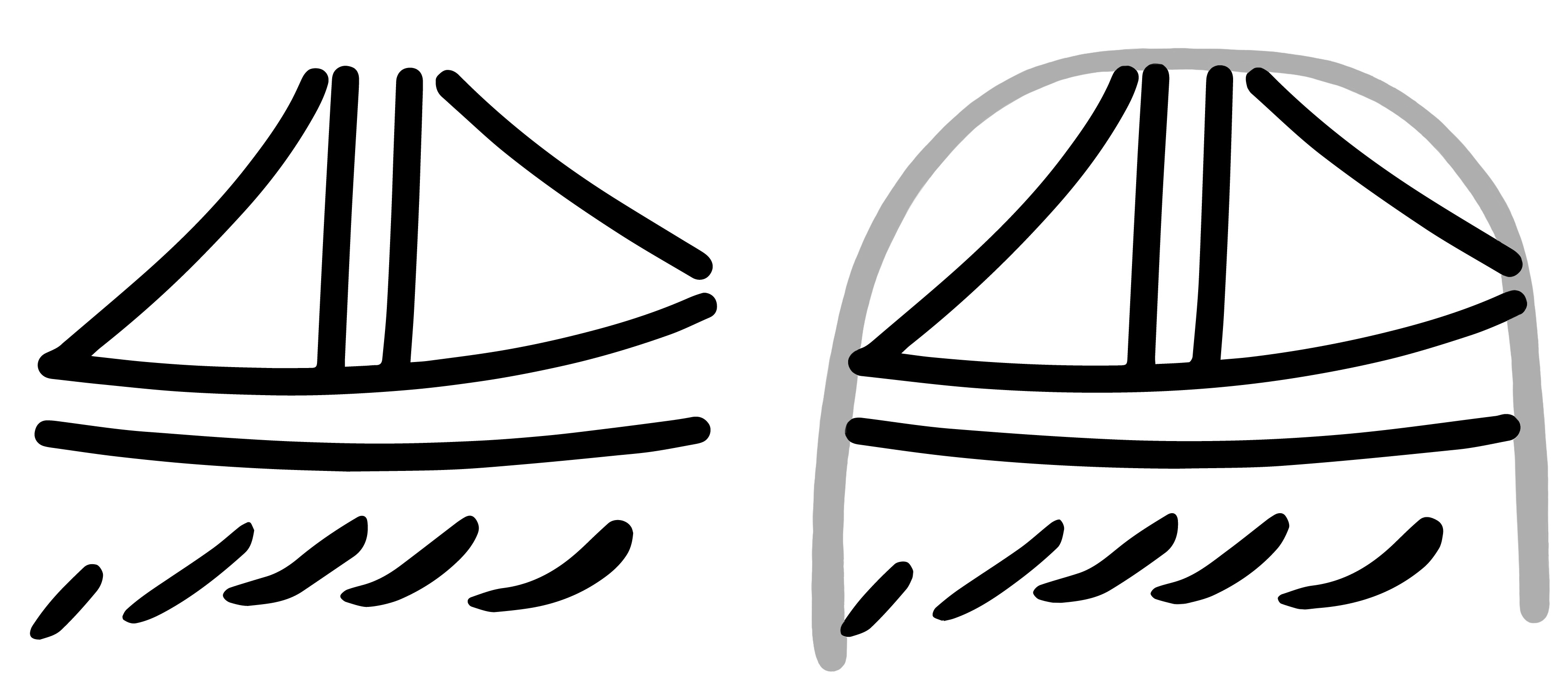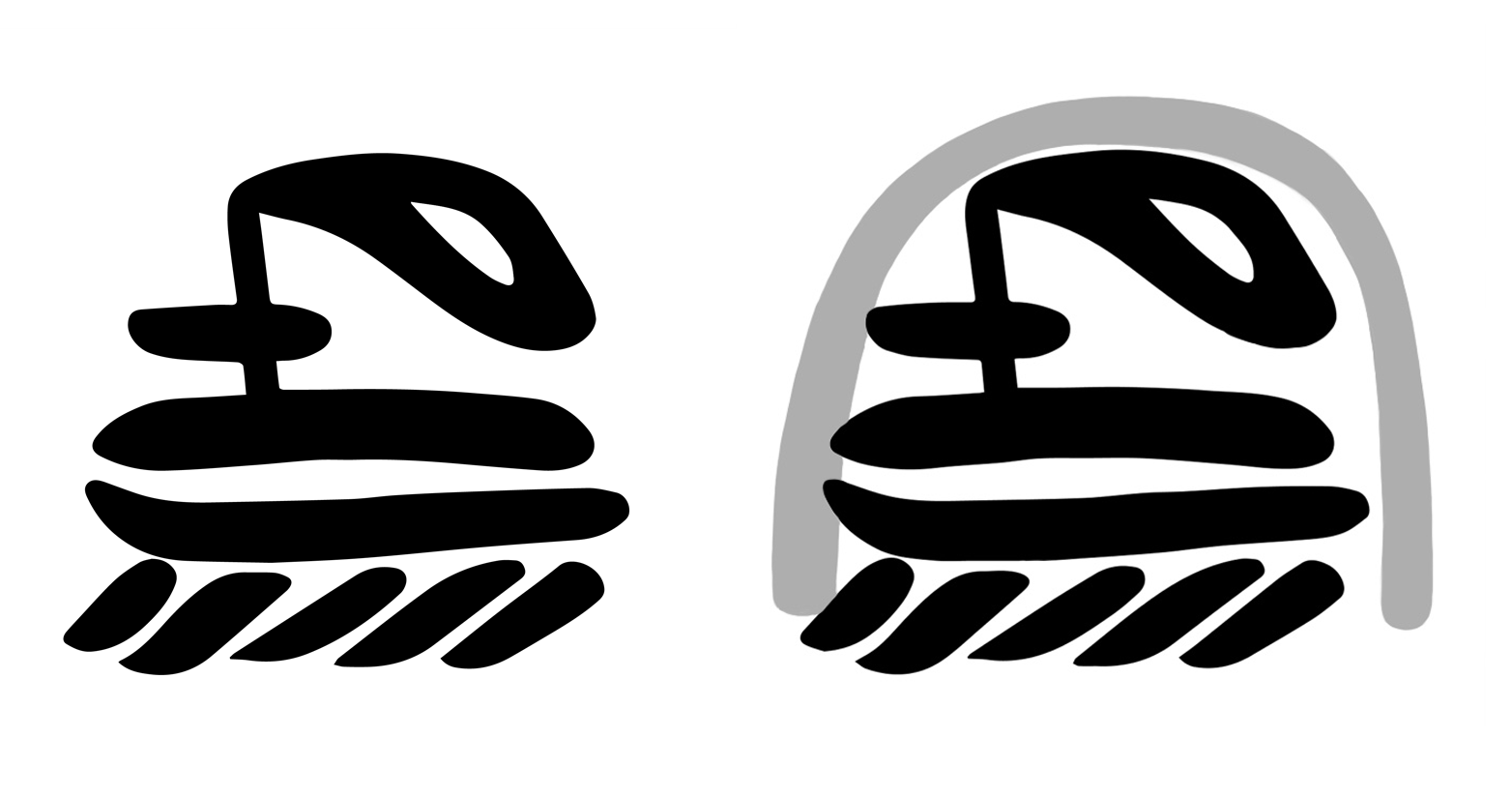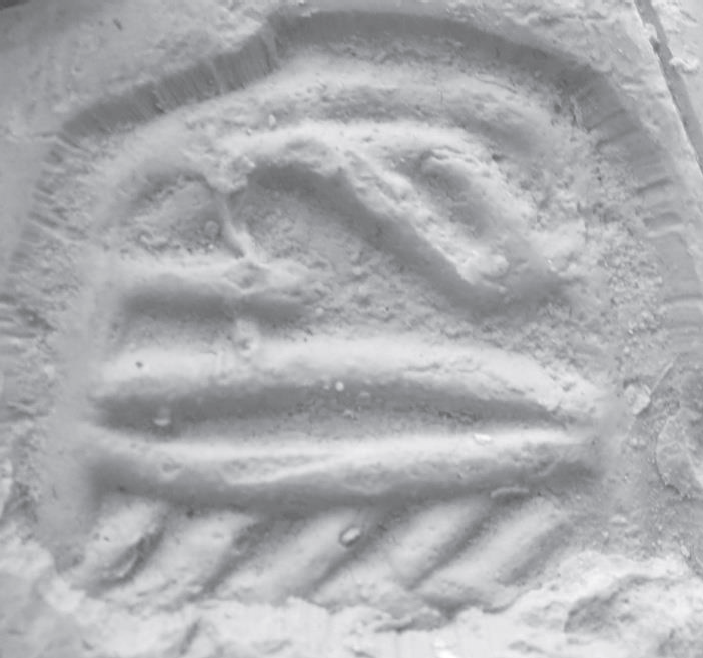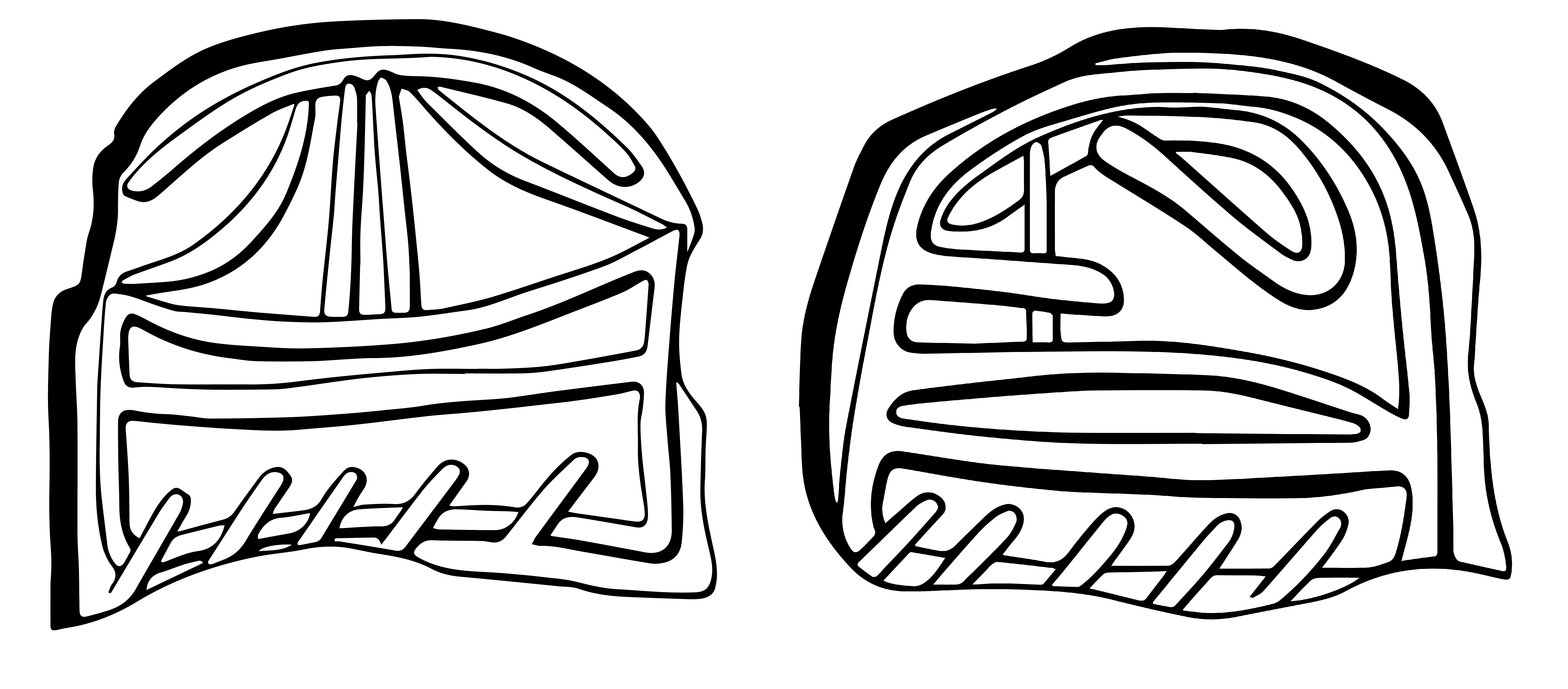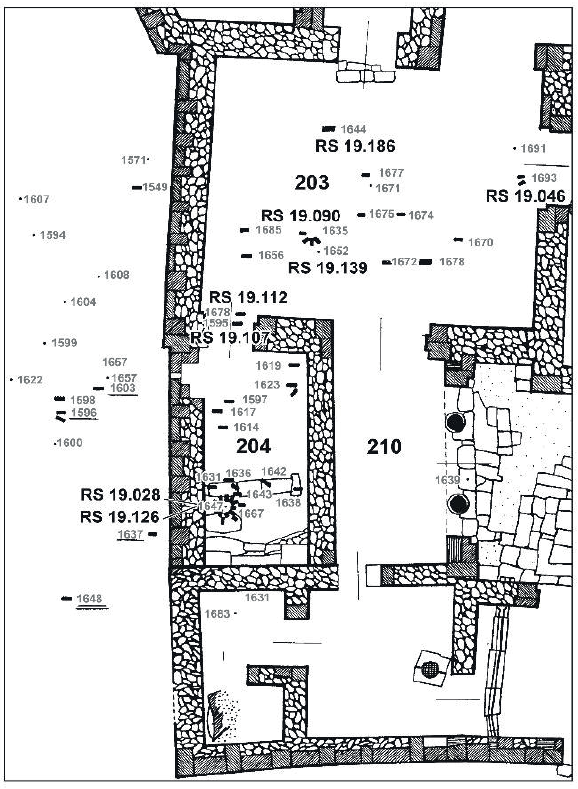The house of Yabninu, also previously published
as the so-called "South Palace" or "Small Palace" is a private house
located near the southern part of the royal palace. It is a large single
architectural unit at least one thousand square meters in size (not
fully excavated) surrounded by public roads. The northern part of the
residence (203, 204) has provided 67 written texts, including 60 in
Akkadian, 2 in Ugaritic (including an abecedary), and 2 in Cypro-Minoan.
These are primarily economic texts, such as maritime bills of lading,
transactions of commodities and lists of foreigners residing in Ugarit.
Together, the texts and artifacts indicate that Yabninu was in charge of
maritime commercial activities linking Ugarit with Cyprus, the southern
Levantine coast, Egypt, and the Aegean (Courtois 1990: 116–117, 127). These point to a close
connection with the Levantine city states in particular, as many
important ones are singled out by name (Arwad, Byblos, Tyre, Akko,
Ashdod, Ashkelon). The scaraboid bearing the ship was found in sector
203 which is a large hall, near a statue base inscribed with Egyptian hieroglyphics.
Relevant tablets from Yabninu’s archives (loci 203 and 204) that relate to maritime matters include:
RS 19.028 mentions textiles intended for ships
RS 19.046 lists payments for ship crews
RS 19.090 lists cities and payments, with a ship mentioned
RS 19.107 provides a bill of landing and crews
RS 19.112 lists an inventory of a ship’s equipment
RS 19.126 is a list of captains or owners of br ships


